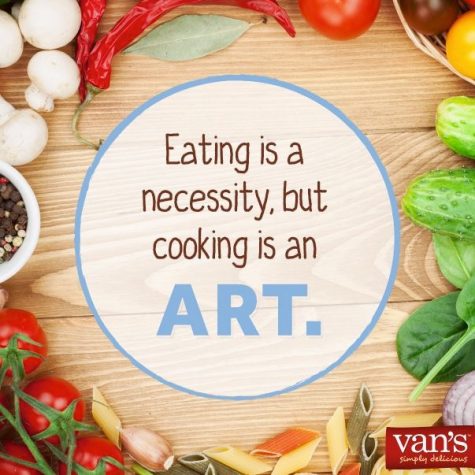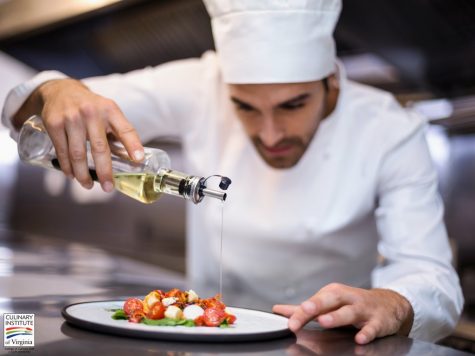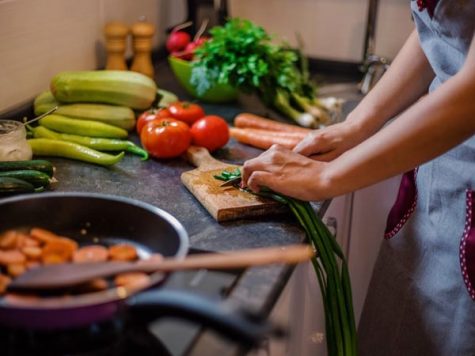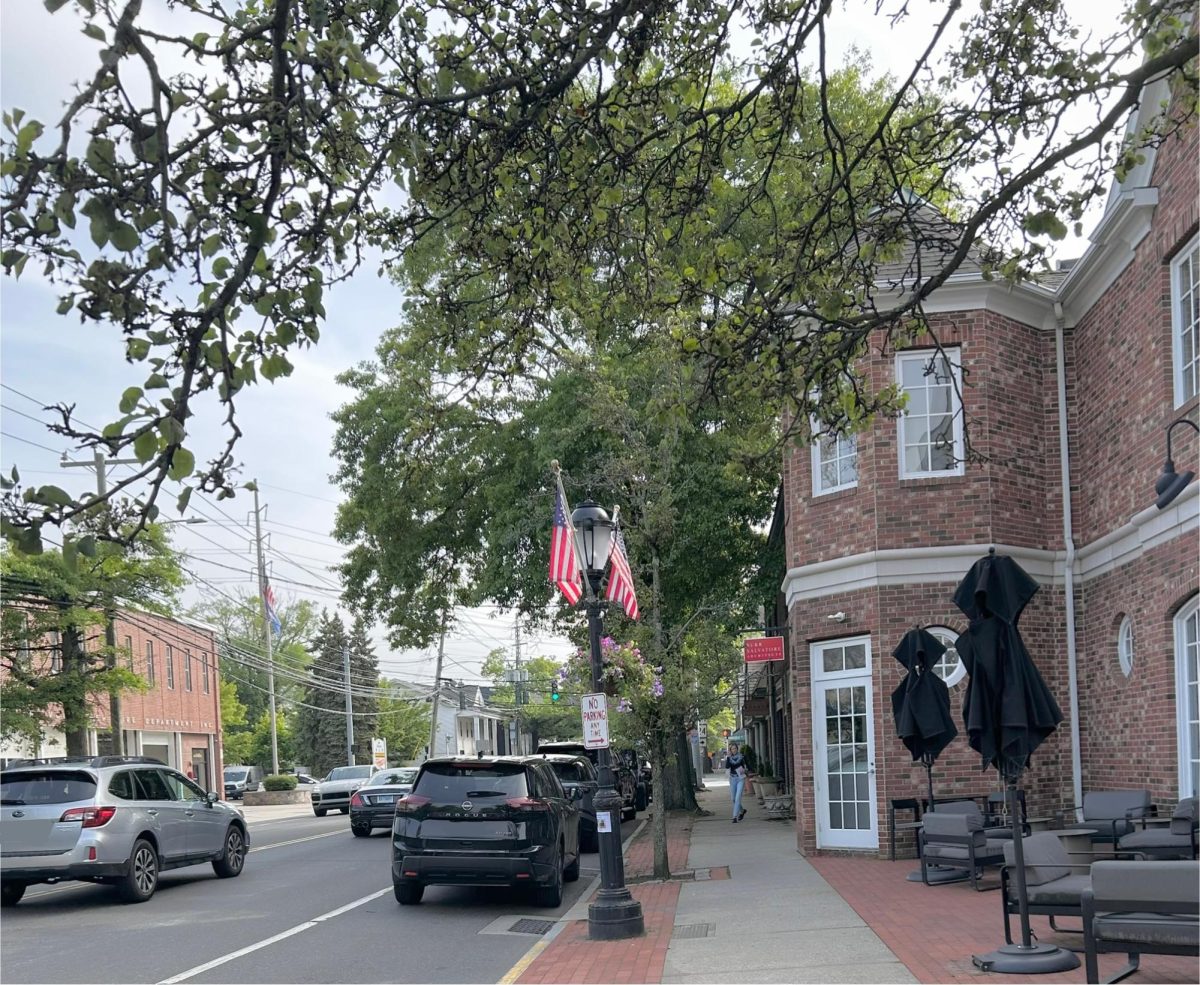Cooking: A Necessity or an Art?
Often, because of recipes, we forget that there’s a certain creative nature in cooking. But how is cooking an art?
June 28, 2021

Cooking plays a large role in community and lifestyle as well as a way of expressing artistic creativity and the intuition of a chef. But what recipes have led us to is limit ourselves to this conception that cooking is a necessity. But we do not actually need to cook. We can eat vegetables and fruits raw. We can sustain on foods that do not need any cooking or preparation, but where is the fun in that?
Therefore, cooking is more significant than a set of ingredients. What do those ingredients turn into? For example, my mom loves to make salmon but I do not love it for the salmon itself but for what she puts on it. By itself, I do not like mustard. In fact, I hate it. But

mustard and brown sugar and a number of other sauces mixed together on salmon is my favorite thing in the world. There is a certain beauty that individually, these ingredients have completely different tastes but all together, they create a cuisine.
Rudeoneel Ghosh in “The Art of Cooking” mentions how the preparing and sharing of food have defined relationships in families as well as in larger community celebrations. Much like ingredients brought together to make something even better, communities make something much more whole than the individual. This exposes the art in cooking–a beautiful opportunity for creation and celebration. Much like you might admire a painting, you can admire food with different senses, with your taste.

Therefore, the ingredients out of a cookbook can be thought of as the foundation, something you can tweak. This builds your intuition with food: Do I want more or less salt? There’s something missing… should I add maple syrup?
Additionally, cooking food yourself means more natural and healthy ingredients. According to the HelpGuide’s article “Cooking at Home” with the healthy eating section, “Convenience food is typically high in chemical additives, hormones, sugar, salt, unhealthy fats, and calories…” that can leave you feeling sick or unsatisfied.
In a painting, you cannot know the true purpose of a painting, which may mean it is open for interpretation but there is a certain frustration about the not-knowing. This is the same with foods from the store. You do not know the true contents of the product, such as a granola bar. What chemicals are exposed at the factories that make them? Are they cross-contaminated with something I am allergic to? Cooking eliminates the questions and you get to paint your own picture. Much like a painting or some other type of artwork you do yourself, others’ reaction to your food that you cooked can bring up your self-esteem, a sense of self-achievement, and satisfaction for the effort you put in that meal.

Finally, where can you start? The easiest and simplest place to start is to get a cookbook. A cookbook will be a foundation for recipes but once you get the hang of it, you will want to tweak the recipe and even completely replace certain ingredients. “The Best Cookbooks of The Century So Far” in the New Yorker Magazine, by Helen Rosner, explores the different most popular cookbooks. Some of them, like “The River Cottage Cookbook”, by Hugh Fearnley, explore using natural foods that you grow yourself. Other books like “Baking: From My Home to Yours”, by Dorie Greenspan, explore more baking cakes and other pastries. If you do not want to spend money on a cookbook, you can always look at different recipes online.

Cooking is an art that encourages community and togetherness as well as provides more assurance than store-bought, pre-made foods.





